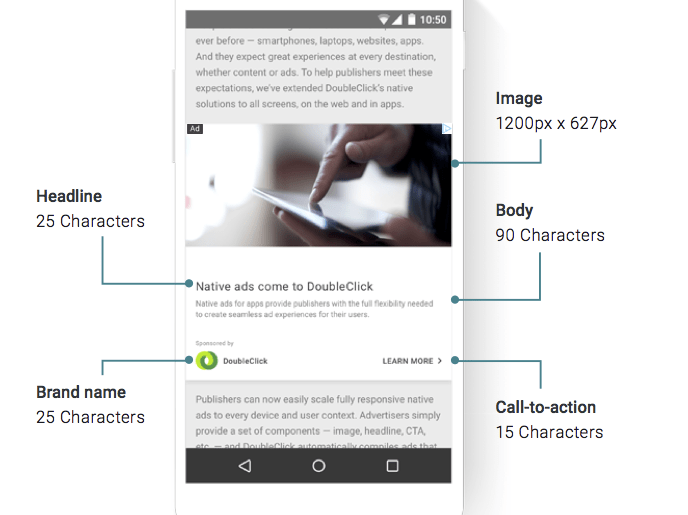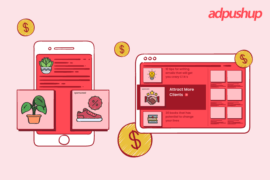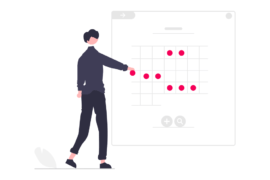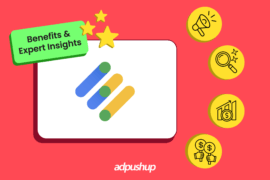DFP first announced native ads for mobile apps in 2015. Read the blog to know more about DFP and its Programmatic Native Ads for Desktop and Mobile.
Back in 2015, DFP first announced the availability of native ads for mobile apps. This was aimed at creating a better user experience by giving app publishers an alternative to prestitial and interstitial ads—both disliked and disruptive formats that don’t meet the Initial Better Ad Standards.
Context is incredibly important on mobile, and that’s why over the next few weeks we’re rolling out our native ad solution for apps to DoubleClick for Publishers clients globally. With native ads in DFP, publishers can maintain a beautiful user experience in their apps while providing brands an opportunity to reach their audience on mobile.
Just a few months later, DFP revealed that they were beta testing programmatic native ads with eBay, an experiment that led to a 3.6x increase in ad engagement for eBay on average, with some campaigns delivering click-through rates up to 5%.
Native has only grown since 2015, and according to eMarketer, now accounts for more than 50% of all digital display spend. “Growth of native digital display is being driven by publishers’ pursuit of higher-value and more mobile-friendly inventory, as well as by advertisers’ demands for more engaging, less intrusive ads,” says Lauren Fisher, principal analyst and author of the report.
Last year, DFP made native ads available for the web, and finally last week, the project reached its conclusion: Programmatic native ads are now available to all users across all screens.
During beta testing phase, New York Times and Accuweather used the programmatic native solution by DFP to achieve a 6X CTR increase and 40% CPM lift respectively.
To help advertisers get started quickly with this new push for native advertising, DFP has released 22 templates that feature ad attribution and AdChoice badges, style targeting, and better previews for fast prototyping. In addition, there’s also a guide for building great native ads.
Good news for publishers: DFP makes your entire native ad inventory seamlessly available across all channels of sale, something that will save both time and effort.
One of DoubleClick’s strengths is the flexibility it provides in how you connect with advertisers—via Programmatic Guaranteed deals, Private Auctions or manually-trafficked direct deals. With this launch, you can make your native inventory available to advertisers across of your deals, irrespective of how they’re transacted.
Another great thing about DFP programmatic native ads is that these new native ad formats will compete with traditional banner ads for impressions, in other words—a native ad can now outbid a banner ad—this is expected to increase ad competition and therefore ad revenue for publishers.
FAQs
With Google DoubleClick for Publishers (Google DFP), publishers can manage their ad inventory completely. Within the ad tech industry, DFP is often still referred to as DFP even though it has been rebranded as Google Ad Manager (GAM) several years ago.
Google Ad Manager or DFP reports typically include dimensions, metrics, dates, and filter values. In contrast, a Metric is simply a number that measures one of the characteristics of a Dimension, which could be an attribute of your ad network, server, or exchange.
A demand-side platform is referred to as a DSP. Through one interface, buyers of digital ad inventory can manage multiple ad exchanges. In most cases, buyers are trading desks, agencies, or advertisers themselves.

Shubham is a digital marketer with rich experience working in the advertisement technology industry. He has vast experience in the programmatic industry, driving business strategy and scaling functions including but not limited to growth and marketing, Operations, process optimization, and Sales.







